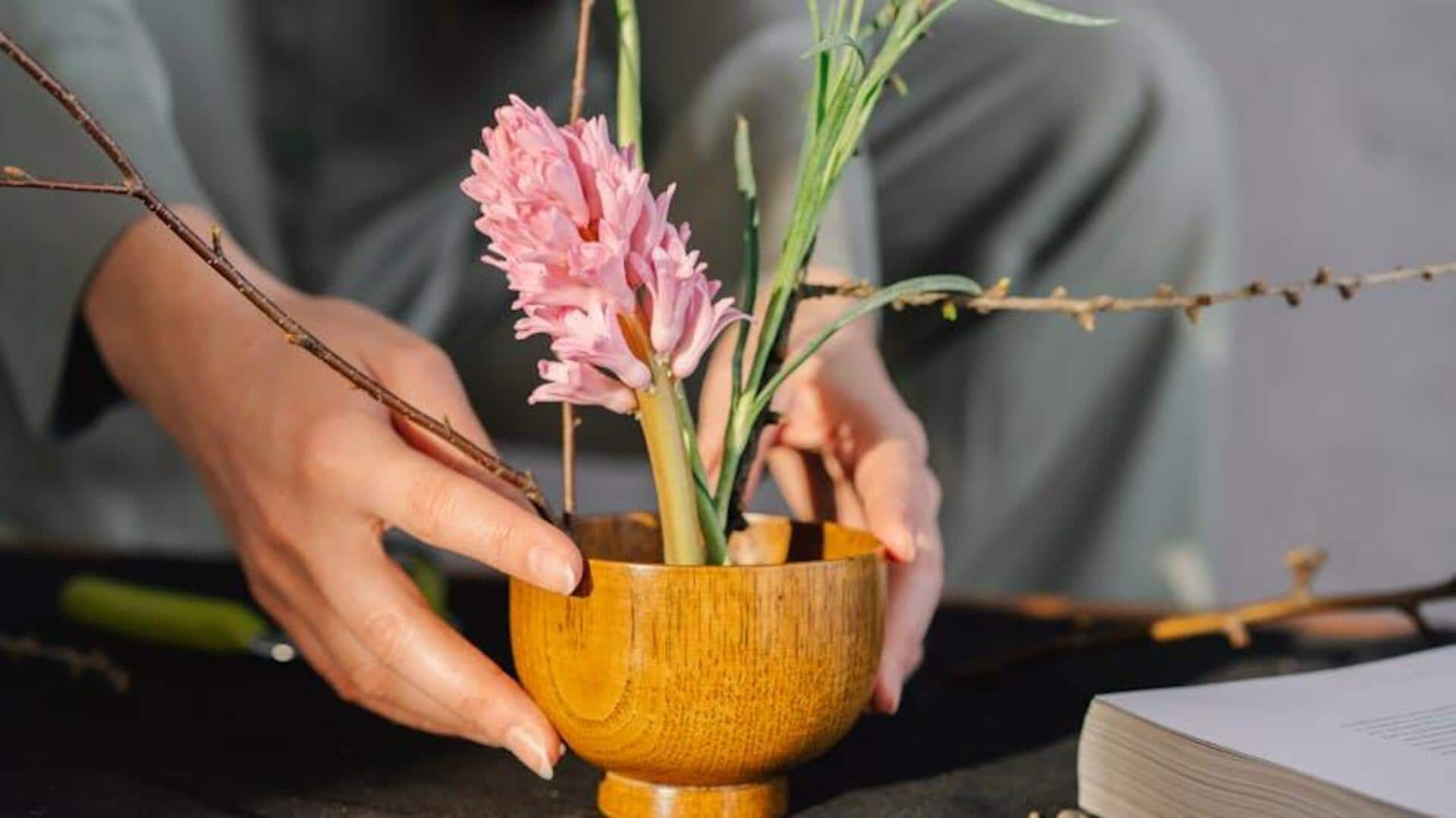
5 iconic Japanese arts you'll love
What's the story
Japanese arts have always been a reflection of the country's rich cultural heritage and unique identity. Be it traditional crafts or performing arts, these artistic expressions give an insight into Japan's history, philosophy, aesthetics, etc. Each art form has its own significance and continues to influence local as well as global cultures. Here are five iconic Japanese arts that define the nation's cultural identity.
Art 1
The grace of Ikebana
Ikebana is the traditional Japanese art of flower arrangement. Unlike typical floral displays, ikebana emphasizes on harmony, balance, and simplicity. Practitioners focus on creating arrangements that reflect the beauty of nature while incorporating elements like line, space, and form. This art form encourages mindfulness and appreciation for natural beauty.
Art 2
The elegance of calligraphy
Japanese calligraphy, or Shodo, is a respected art that is all about writing characters with brush and ink. One must be precise and in control, as every stroke needs to be done carefully. Apart from looking beautiful, calligraphy is also a way of showing one's inner self through the fluidity of the lines.
Art 3
The tradition of tea ceremony
The Japanese tea ceremony is more than just about preparing and serving matcha tea. It is a deeply ritualistic practice that embodies the principles of harmony, respect, purity, and tranquility. It is a meditative process where participants focus on mindfulness and the appreciation of simple moments. This ceremony encourages a deep connection with the present moment, and fosters an environment of mutual respect and inner peace.
Art 4
The craftsmanship of origami
Origami is the delicate art of folding paper into intricate shapes that take flat sheets into three-dimensional forms without the use of cutting or gluing. It is a craft that requires precision and patience, as it often involves complex folds to create detailed designs from animals to geometric shapes.
Art 5
The drama of Kabuki theater
Kabuki theater fuses drama with dance in performances that feature elaborate costumes and makeup as well as stylized movements termed kata (forms). Kabuki originated in the Edo period (1603-1868) and is still a popular form of performance today for its colorful storytelling that is deeply ingrained in Japanese culture.